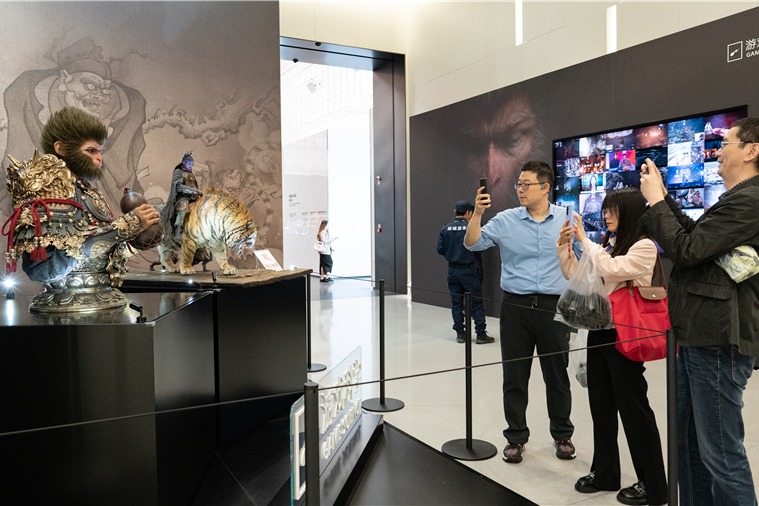Trees turn oilfield city into modern oasis


With the efforts of generations of local people, Karamay has changed from a desert to a modern petroleum and petrochemical base and a civilized, livable modern city.
Karamay didn't even exist until the 1950s. The land was uninhabited, a barren landscape of desert and brush.
"There was nothing: no water, no houses, no grass," said Turdi Kasim, who arrived in Karamay in 1975. He was hired as an oil worker in the city soon after leaving the army when he was 21.
"There was only the wind, which blew every day," he said. "We dug cellars to sleep in, built dry toilets, had to work with rudimentary supplies and drank rationed water trekked in on the backs of camels. I wanted to do something about that, and trees were the first thing to come to my mind."
When he retired in 2000, Kasim, now 64, started to plant trees in the Gobi Desert. He used his pension to buy saplings and replaced the sand with fresh, fertile soil.
When he started, only 20 percent of trees could survive due to the harsh desert environment and lack of water in Karamay. However, he did not give up. Over 18 years, he has grown more than 2.7 hectares of forest with more than 10,000 trees.
"What you see today is truly amazing, and I'm proud that I helped make it happen," he said.




































